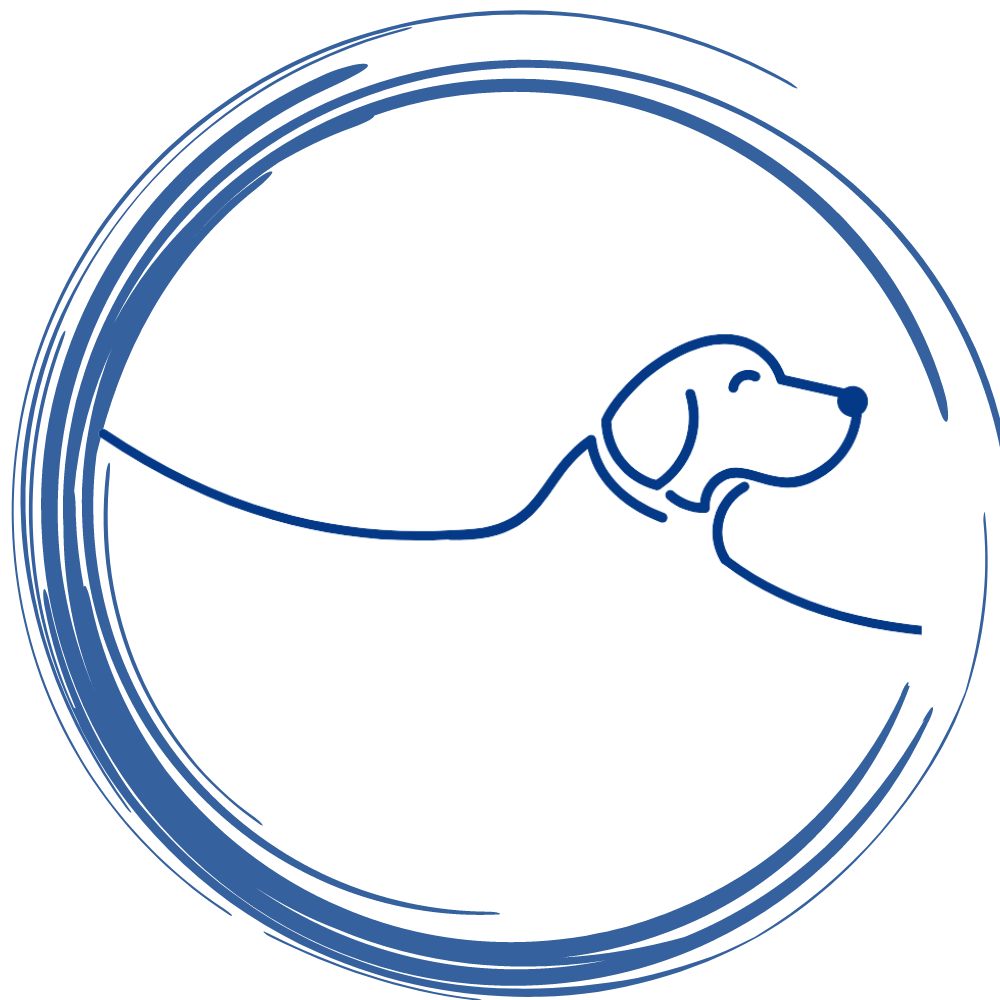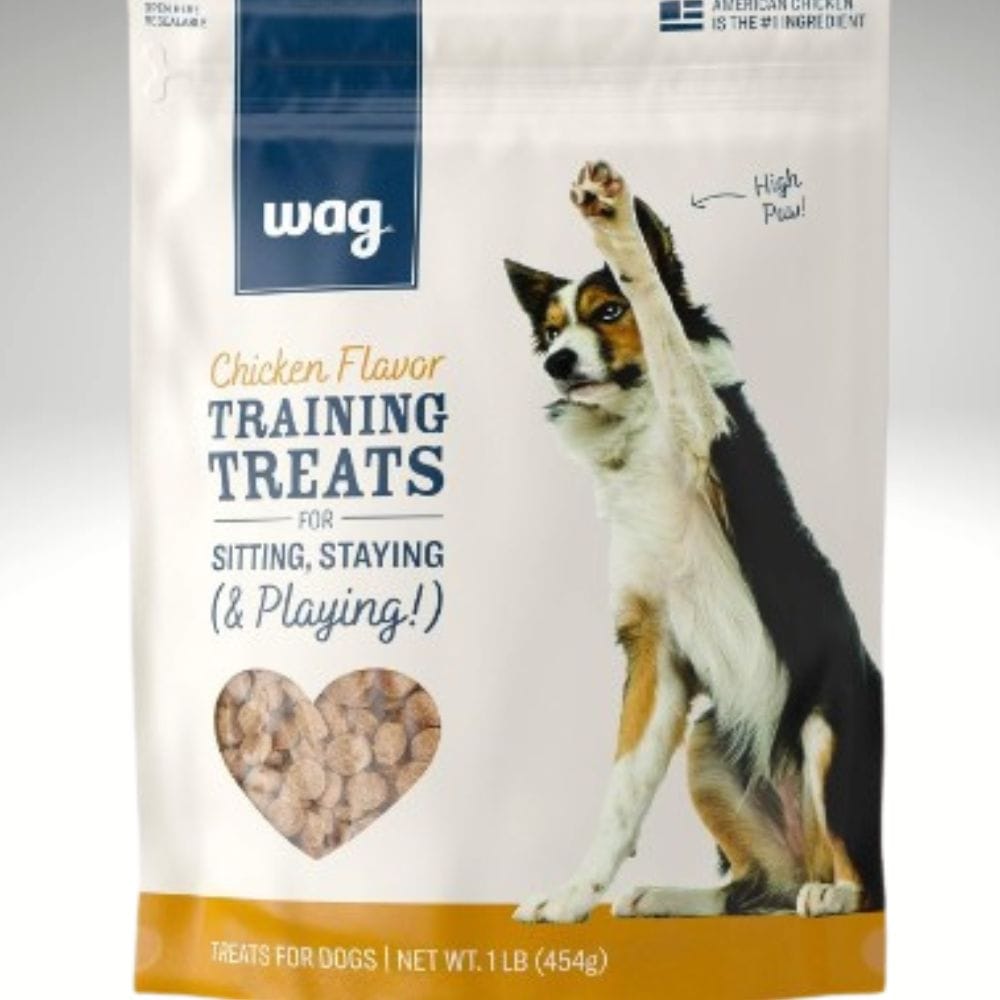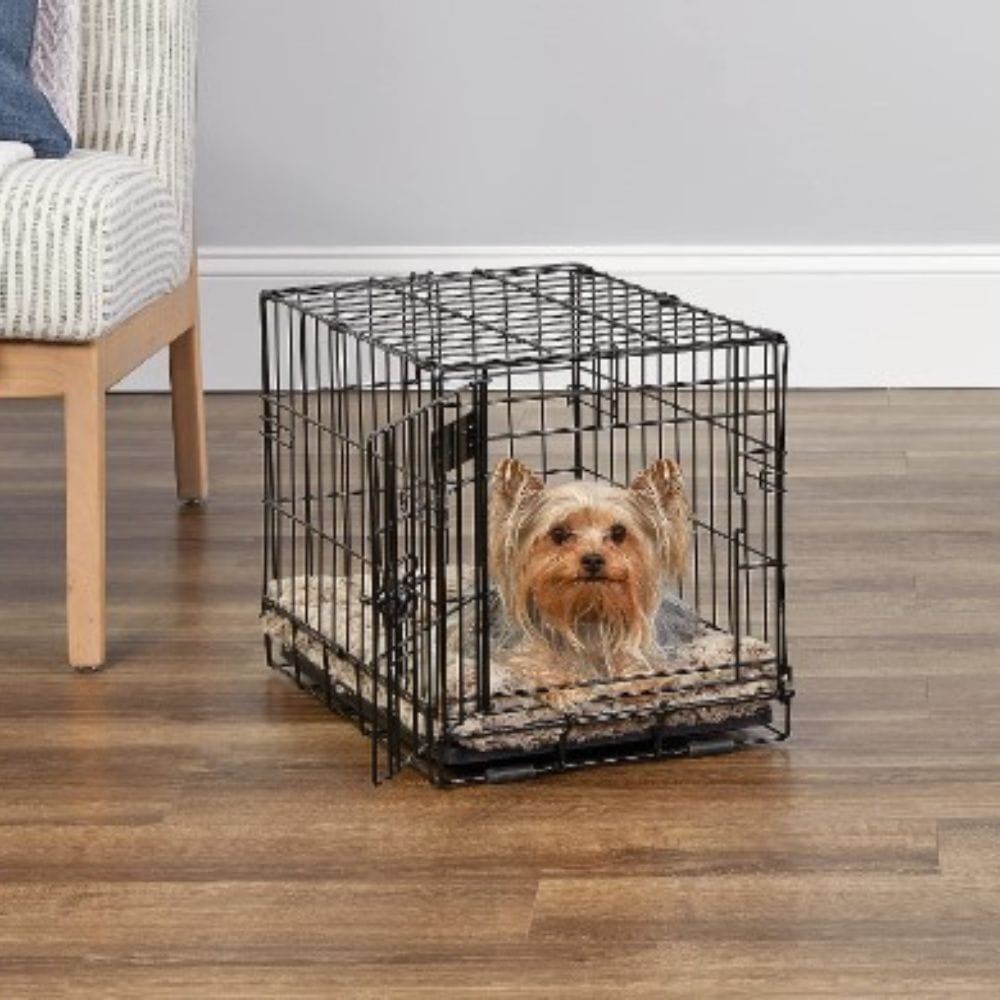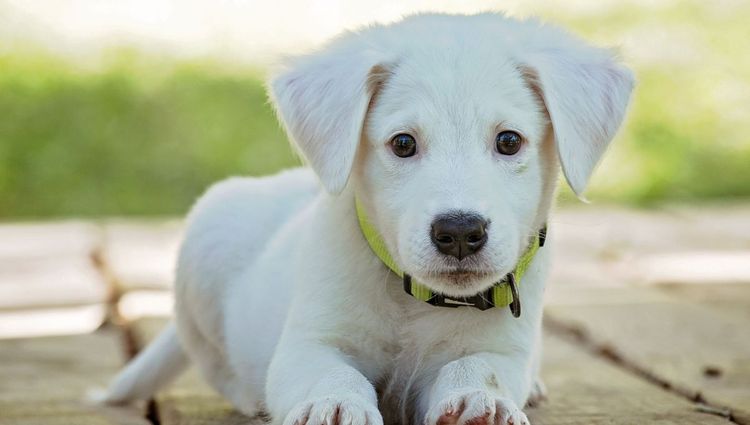From Puddles to Perfection: Potty Train Your Pup in Just 7 Days
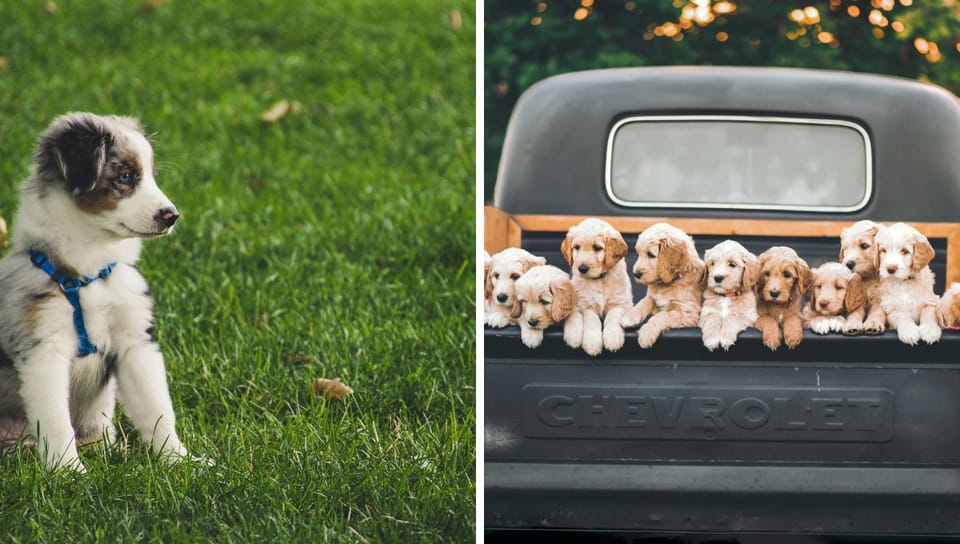
Key Takeaways:
- Consistency and patience are crucial for successful potty training.
- Positive reinforcement helps in building good habits.
- Understanding your dog's signals can prevent accidents.
Understanding Your Dog's Behaviour
Potty training your dog in just seven days might sound like a tall order, but with the right approach, it's entirely achievable. The first step is to understand your dog's behaviour. Dogs are creatures of habit and thrive on routine. By observing your dog's habits, you can predict when they need to go outside. Look for signs like sniffing around, circling, or whining. These behaviours often indicate that your dog needs to relieve itself.
Understanding these signals is half the battle. Once you can anticipate your dog's needs, you can take proactive steps to guide them to the appropriate potty spot. This not only helps in preventing accidents but also reinforces the behaviour you want to see. Remember, patience is key. Your dog is learning a new skill, and like any learning process, it takes time and consistency.
Setting Up a Potty Schedule
Creating a consistent potty schedule is essential for successful training. Dogs thrive on routine, and a regular schedule helps them understand when and where they should go. Start by taking your dog out first thing in the morning, after meals, and before bedtime. These are the times when your dog is most likely to need to go.
In addition to these key times, take your dog out every two hours during the day. This frequent schedule helps prevent accidents and reinforces the idea that outside is the place to go. Over time, your dog will start to understand the routine and will be more likely to hold it until the next scheduled potty break.
Choosing the Right Potty Spot
Selecting a designated potty spot is crucial for training success. Dogs are creatures of habit, and having a specific spot helps them understand where they should go. Choose a quiet, easily accessible area in your yard or nearby. Make sure it's a place where your dog feels comfortable and safe.
Take your dog to this spot every time you go outside for a potty break. The consistent use of the same location helps your dog associate that spot with going potty. Over time, your dog will start to understand that this is the place to go, making the training process smoother and more effective.
Using Positive Reinforcement
Positive reinforcement is a powerful tool in potty training. When your dog successfully goes potty in the designated spot, reward them immediately with praise, treats, or playtime. This positive feedback helps your dog understand that they did something good and encourages them to repeat the behaviour.
Avoid punishment for accidents, as this can create fear and confusion. Instead, focus on rewarding the desired behaviour. Consistent positive reinforcement helps build good habits and strengthens the bond between you and your dog. Remember, the goal is to make potty training a positive experience for both you and your furry friend.
Crate Training as a Tool
Crate training can be an effective tool in potty training your dog. Dogs naturally avoid soiling their sleeping area, so a crate can help teach your dog to hold it until they are taken outside. Choose a crate that is appropriately sized for your dog, allowing them to stand, turn around, and lie down comfortably.
Introduce the crate gradually, making it a positive and comfortable space for your dog. Use the crate for short periods initially, gradually increasing the time as your dog becomes more comfortable. Always take your dog outside immediately after they come out of the crate to reinforce the idea that outside is the place to go potty.
Handling Accidents
Accidents are a normal part of the potty training process. When they happen, it's important to handle them calmly and without punishment. Clean up the mess thoroughly to remove any lingering odours that might attract your dog to the same spot again. Use an enzymatic cleaner designed for pet stains to ensure the area is completely clean.
If you catch your dog in the act, interrupt them with a gentle noise and immediately take them outside to their designated potty spot. Praise and reward them if they finish outside. This helps reinforce the idea that outside is the appropriate place to go. Remember, patience and consistency are key to overcoming accidents.
Recognizing Your Dog's Signals
Recognizing your dog's signals is crucial for preventing accidents and reinforcing good habits. Pay attention to behaviours like sniffing, circling, or whining, as these often indicate that your dog needs to go outside. By understanding these signals, you can take proactive steps to guide your dog to the appropriate potty spot.
Keep a close eye on your dog, especially during the early stages of training. The more you can anticipate their needs, the more successful you will be in preventing accidents and reinforcing the desired behaviour. Over time, you will become more attuned to your dog's signals, making the training process smoother and more effective.
Consistency is Key
Consistency is the cornerstone of successful potty training. Stick to a regular schedule, use the same potty spot, and consistently reward your dog for good behaviour. This helps your dog understand what is expected of them and reinforces the desired habits.
Inconsistency can confuse your dog and slow down the training process. Make sure everyone in the household is on the same page and follows the same routine. The more consistent you are, the quicker your dog will learn and the more successful the training will be.
Patience and Persistence
Patience and persistence are essential for successful potty training. Remember that your dog is learning a new skill, and it takes time and practice to get it right. Stay patient and positive, even when accidents happen. Keep reinforcing the desired behaviour and rewarding your dog for their successes.
Persistence pays off in the long run. The more you stick to the training routine and reinforce good habits, the quicker your dog will learn. Stay committed to the process, and you will see progress over time. Potty training is a journey, and with patience and persistence, you and your dog will reach your goal.
Troubleshooting Common Issues
Sometimes, despite your best efforts, you may encounter challenges during potty training. Common issues include frequent accidents, reluctance to go outside, or regression in behaviour. If you face these challenges, take a step back and reassess your approach. Make sure you are sticking to a consistent schedule, using positive reinforcement, and recognizing your dog's signals.
If problems persist, consider seeking advice from a professional dog trainer or veterinarian. They can provide additional guidance and support to help you overcome any obstacles. Remember, every dog is different, and some may take longer to train than others. Stay patient and keep working towards your goal.
Summary
Potty training your dog in seven days is achievable with the right approach. By understanding your dog's behaviour, setting up a consistent schedule, using positive reinforcement, and staying patient and persistent, you can successfully train your dog to go potty outside. Remember, consistency and patience are key to building good habits and reinforcing the desired behavior.
FAQ
- How often should I take my dog outside during potty training?
Take your dog outside first thing in the morning, after meals, and before bedtime. Additionally, take them out every two hours during the day to prevent accidents and reinforce the idea that outside is the place to go.
- What should I do if my dog has an accident inside?
Handle accidents calmly and without punishment. Clean up the mess thoroughly with an enzymatic cleaner to remove any lingering odours. If you catch your dog in the act, interrupt them gently and take them outside to their designated potty spot.
- How can I tell if my dog needs to go outside?
Look for signs like sniffing, circling, or whining. These behaviours often indicate that your dog needs to relieve itself. By recognizing these signals, you can take proactive steps to guide your dog to the appropriate potty spot.
